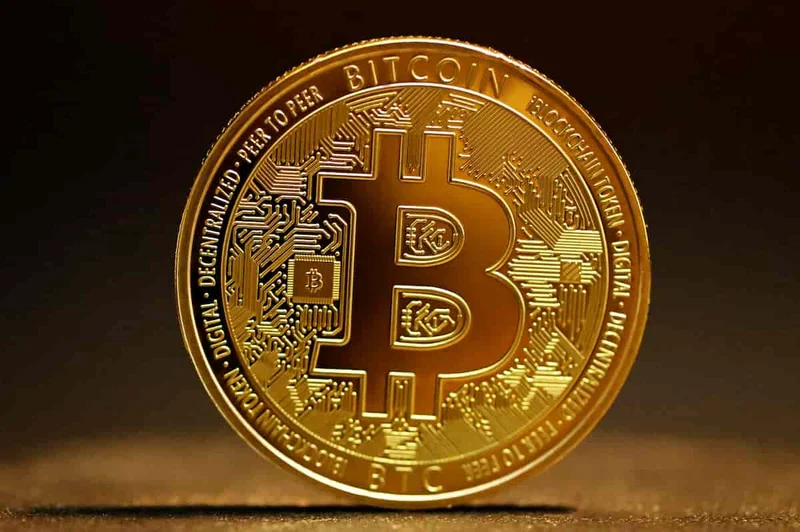Can Bitcoin Really Eclipse Gold by 2035? A Data Dive
Michael Saylor, the bitcoin evangelist at Strategy (formerly MicroStrategy), recently made a bold prediction: Bitcoin will be a larger asset class than gold by 2035. Ambitious, to say the least, considering the current landscape. Bitcoin's market cap sits around $2.04 trillion; gold’s is a staggering $29.2 trillion. That's a difference of roughly $27 trillion.
For Saylor’s vision to materialize, Bitcoin needs to appreciate by, roughly, a factor of 14. (More precisely, 14.3). That means a price target north of $1.4 million per coin. Possible? Sure. Probable? That's where the data gets interesting.
The Bitcoin Supply Squeeze
Saylor points to Bitcoin's fixed supply of 21 million coins as a key driver. By 2035, he notes, 99% of all Bitcoin will have been mined. Scarcity, the argument goes, will inevitably drive up the price. According to Strategy's Michael Saylor says 'no doubt in my mind' bitcoin will be bigger than gold within a decade, Saylor has "no doubt" that Bitcoin will surpass gold within a decade.
It's a compelling narrative, but it glosses over a few crucial details. Yes, Bitcoin has a fixed supply, but that doesn't automatically translate to increased value. The number of available Bitcoin is what really matters. How many are actively traded, not just sitting in cold storage or lost wallets? Estimates vary, but some suggest as much as 20% of all mined Bitcoin is effectively gone. That further constrains supply, but it also introduces a wild card: If those lost coins were to suddenly become accessible, what would that do to the market?
And this is the part of the report that I find genuinely puzzling. Saylor is betting on scarcity, but he's also sitting on a massive pile of Bitcoin himself—641,692 BTC, or about 3% of the total supply, according to their latest filings. If everyone adopted Saylor’s HODL strategy, liquidity would dry up, and the price could skyrocket. But that's a big "if."
Gold vs. Bitcoin: A Tale of Two Assets
The article correctly points out that gold has outperformed Bitcoin by 52% since the start of the year. That’s a pretty stark contrast to Saylor’s rosy prediction. Gold is often seen as a safe haven asset, a store of value in times of economic uncertainty. Bitcoin, on the other hand, has behaved more like a risk-on asset, highly correlated with tech stocks.

Strategy’s stock is down 22% year-to-date, even as Bitcoin has risen 9%. (Though it has underperformed against the S&P 500 and the tech-heavy Nasdaq Composite). This discrepancy highlights a key risk: Strategy's fortunes are inextricably linked to Bitcoin's price. It's a highly leveraged bet, and as we've seen in recent weeks, leveraged positions in the crypto market can unwind quickly.
The company purchased an additional 487 bitcoin over the past week. This continued accumulation suggests Saylor is doubling down on his bet, despite the recent market turbulence.
The Sentiment Factor
Saylor dismisses concerns about waning faith in Bitcoin, arguing that the fundamentals are stronger than they were a year ago. He sees the current negative market sentiment as an opportunity for equity investors.
But sentiment is a powerful force in the crypto market. The market sentiment is negative, but that's an opportunity for the equity investor that makes their own decisions. How negative, exactly? Quantifying sentiment is tricky, but a quick scan of crypto forums reveals a mix of anxiety, frustration, and cautious optimism. (The ratio seems to be about 60% anxiety, 30% frustration, and 10% optimism.) It's not exactly a ringing endorsement.
Betting the Farm on Digital Gold
Saylor’s vision requires not just Bitcoin's price to increase, but for it to fundamentally displace gold as the world's preferred store of value. Given the current market dynamics and the inherent volatility of crypto, that's a high-stakes gamble. And maybe that's exactly what Saylor wants you to think.
